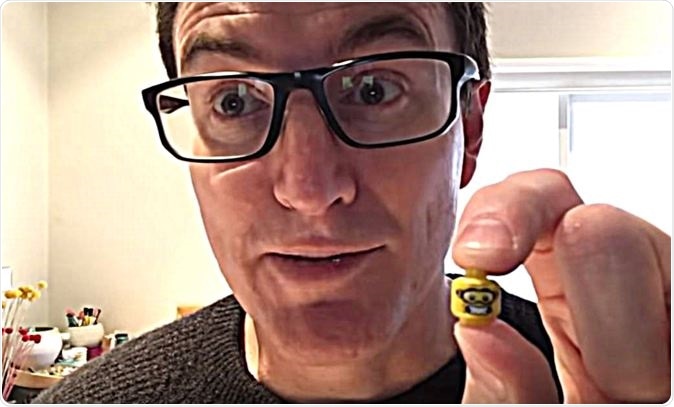Pediatricians all over the world face situations where children have ingested toys and parts of their toys. Lego bricks and heads are common objects tiny tots often put into their mouths and swallow.

A team of six doctors decided to see how long it takes for a Lego head to be excreted from the body by actually swallowing them.
The study results of this first hand experiment were published in the latest issue of the Journal of Paediatrics and Child Health.
The team headed by University of Melbourne researcher Andrew Tagg swallowed small yellow Lego heads and then monitored their bowel movements for the next few days to check the movement of the toy out of the body in faeces.
The study authors with a sense of humor wrote, “Pre‐ingestion bowel habit was standardized by the Stool Hardness and Transit (SHAT) score.
Participants ingested a Lego head, and the time taken for the object to be found in the participant’s stool was recorded. The primary outcome was the Found and Retrieved Time (FART) score.”
Everything is awesome: Don't forget the Lego
They noted that the Lego toy took a very short time to pass through the bowels. The average time taken for the toy to be excreted was 1.71 days, they wrote. There were no complications to any of the participants.
The authors write that this means that the toy is harmless to the gut and does not affect the digestive tract.
Only one of the male doctors failed to find the toy in his poop to which the authors of the study wrote, “females may be more accomplished at searching through their stools than males”, although this claim could not be “statistically” proven they added tongue in the cheek.
The team adds a warning that most things that children swallow tend to leave the gut in a few days without causing harm. However not all toys can pass in such as manner and some may be dangerous. The study urges parents to remain vigilant about what their kids put in their mouths.